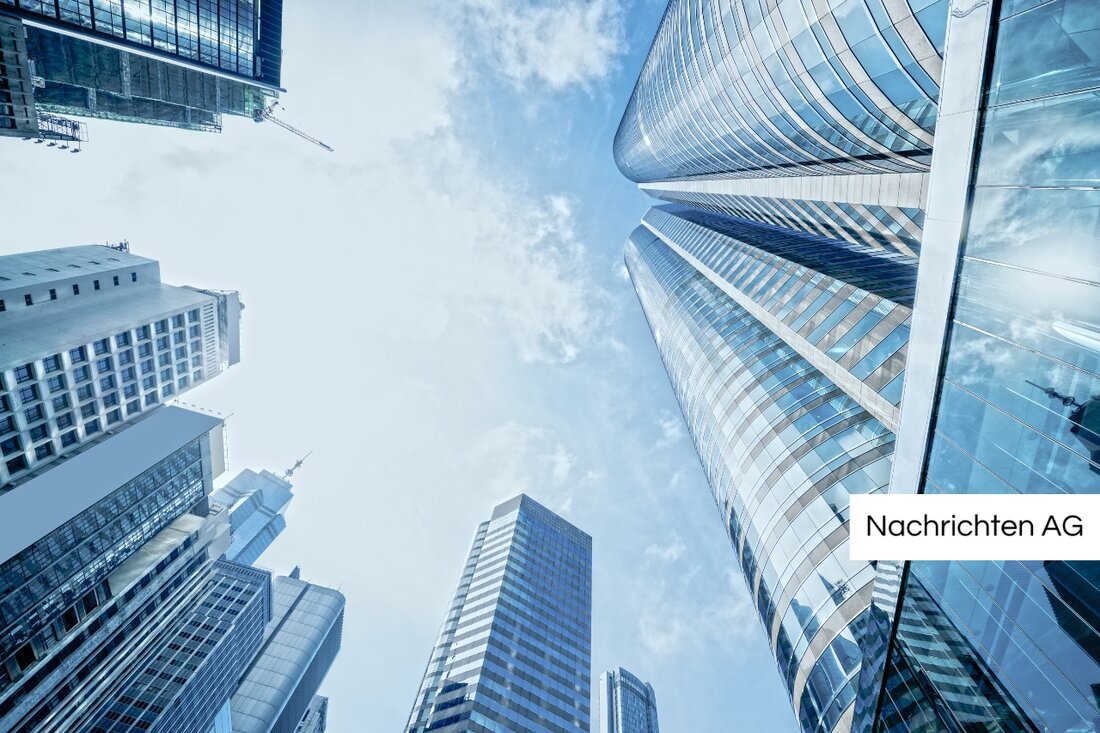New construction of the Carol Bridge: Citizens discuss traffic planning!
New construction of the Carol Bridge: Citizens discuss traffic planning!
On May 26, 2025, a public citizens' meeting for the new Carol Bridge was built in the Dresden town hall. A total of 235 citizens had registered digitally, the event was broadcast live on the city's homepage. Mayor Stephan Kühn and the head of office Simone Prüfer presented the plans for the replacement building. The city administration proposes to rebuild the bridge, whereby scope for future adjustments is to be granted. In order to ensure quick progress, the city is planning a trend -setting decision in the city council before the summer break.
The Carol Bridge, an important element crossing, became unusable on September 11, 2024 due to a partial fall. Since then, the bridge has been blocked, which significantly affects mobility in Dresden. Around 30,000 vehicles previously passed the bridge every day, its closure has led to considerable detours and increased traffic jams, which increasingly complicates the situation for the commercial economy. Dr. Andreas Sperl from the Dresden Chamber of Commerce and Industry emphasizes the negative effects on the city society, while Jörg Dittrich from the Chamber of Crafts calls for joint action by the city, Free State of Saxony and the federal government.
discussion about bridge width and transport connections
In the citizens' meeting, the width of the new bridge and the number of lanes provided was hotly discussed. It was agreed on the need for broad bike paths in both directions and two tracks for trams. The CDU demands four traces of car, while the Greens consider sufficient in context two. According to the forecasts, two over -width traces or three lanes could be required every day, while four tracks would only be justified for 45,000 vehicles per day.
The city also hopes for funding from a new special fund of the federal government in order to cover the estimated construction costs of around 140 million euros. The planned start of construction of the replacement new building is planned for 2027, whereby the construction period should be between two and two and a half years. There could even be partial workings in the event of a multiple bridge. Nevertheless, there are risks that possible complaints could extend the construction period, and a citizens' decision is not planned to speed up the process.
long -term perspectives of mobility in Dresden
The challenges about the Carol Bridge are in a larger context of urban mobility. Increasing population in cities increasingly lead to increased mobility needs, while motorized private transport, buses and trains reach their capacity limits. Conflicts in the street increase and increase traffic emissions.
As part of national urban development policy, the focus is on more environmentally friendly mobility. Municipalities are increasingly required to develop sustainable mobility concepts and optimize the transport infrastructure. Aspects such as digitization and new mobility services should also be taken into account. Measures such as the network expansion, the improvement of cycling and foot traffic infrastructure as well as the expansion of intelligent traffic management systems are planned
The current situation around the Carol Bridge underlines the need for such concepts and a clear mission to create mobility in Dresden.
For more information on the events related to the Carol Bridge, interested readers can report the reports from Consult National Urban Development Policy
| Details | |
|---|---|
| Ort | Rathaus Dresden, 01067 Dresden, Deutschland |
| Quellen | |


Kommentare (0)